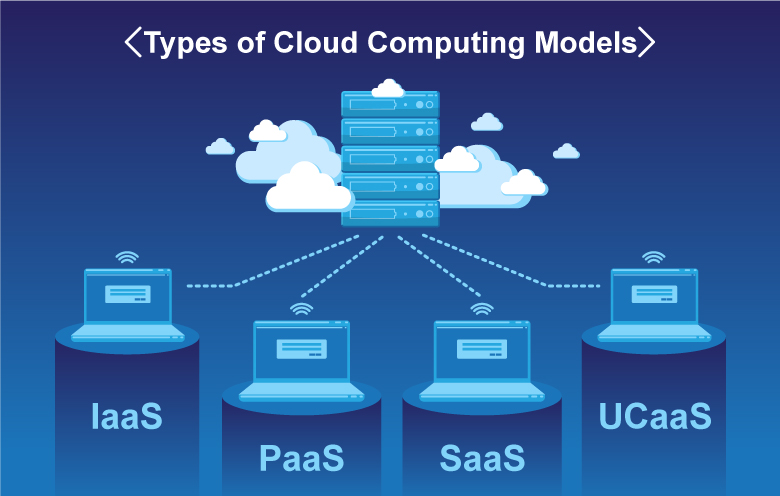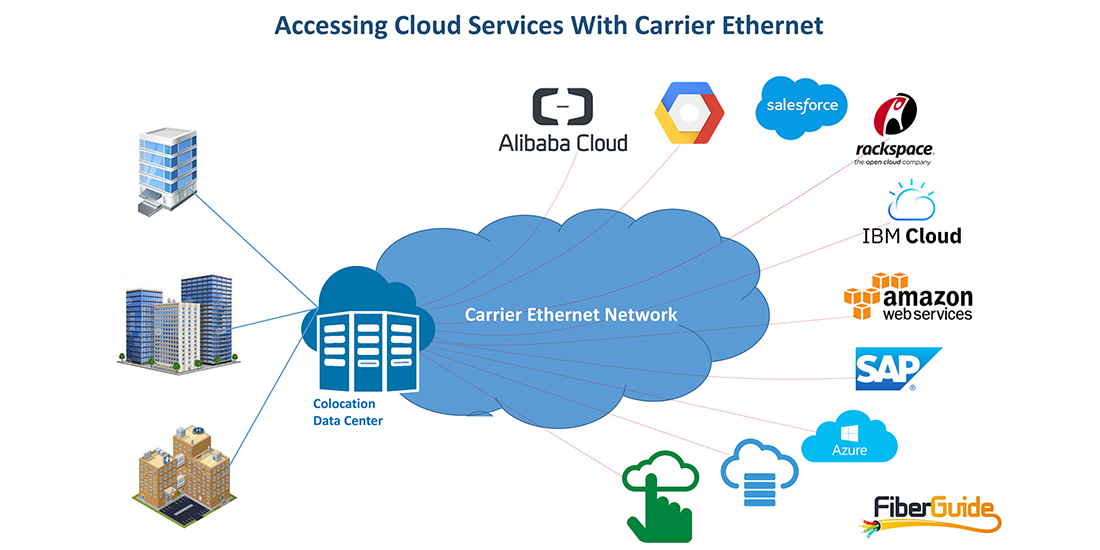Achieve Seamless Scalability With Cloud Solutions
In the ever-evolving landscape of cloud solutions, achieving seamless scalability stands as a cornerstone for modern-day businesses looking for to remain adaptable and competitive. The capacity to effortlessly expand or contract sources in action to altering demands is a pivotal benefit in today's fast-paced electronic setting. By mastering the art of scalable cloud remedies, organizations can not only optimize performance and improve operations however also lead the way for future growth and technology. The quest for smooth scalability with cloud solutions introduces a world of opportunities for those prepared to embrace the transformative power of dynamic resource administration.
Advantages of Cloud Scalability
Cloud scalability offers companies the flexibility to dynamically readjust sources based upon demand, making sure optimum efficiency and price efficiency. One key benefit is the ability to range resources up or down quickly in feedback to changing workloads. This dexterity makes it possible for organizations to meet altering client requirements without over-provisioning sources, inevitably bring about set you back savings. Scalability likewise enhances performance by ensuring that systems can deal with enhanced web traffic or work without experiencing downtime or slowdowns. By effectively alloting sources, companies can keep high degrees of performance during peak times without unnecessary expenditures throughout quieter durations. Furthermore, cloud scalability advertises advancement and experimentation by enabling organizations to quickly check originalities and range them as required. This adaptability urges a society of continuous enhancement and adaptation, making it possible for companies to stay competitive in a swiftly advancing market landscape. Ultimately, the benefits of cloud scalability expand beyond cost savings to encompass enhanced performance, dexterity, and technology.
Key Functions for Scaling
Reliable scaling in cloud solutions counts on vital attributes that allow companies to change resources dynamically based on demand. One vital function for scaling is flexibility, enabling sources to scale up or down in response to fluctuating work. This makes sure that organizations can meet performance demands without over-provisioning sources. Another essential function is scalability, enabling systems to deal with raised workload by adding resources flawlessly. This feature is essential for suiting development without jeopardizing efficiency. In addition, automation plays a crucial duty in scaling by automating the provisioning and de-provisioning of resources based upon predefined plans. Automation reduces human intervention, improves performance, and ensures quick response to altering demands. Monitoring and analytics devices are also crucial for scaling, offering understandings right into resource application, performance metrics, and potential traffic jams. These tools allow organizations to optimize and make informed decisions resource appropriation for efficient scaling. Overall, these key attributes collectively encourage companies to attain smooth scalability in cloud solutions.
Implementing Auto-Scaling Strategies
To properly maximize source allocation and adapt to varying workloads, organizations should strategically implement auto-scaling techniques in their cloud services infrastructure. Auto-scaling permits systems to instantly adjust the variety of calculate sources based upon real-time need. There are numerous auto-scaling methods that organizations can employ, such as predictive scaling, which makes use of historic information to anticipate future source requirements, and responsive scaling, which replies to present workload changes.

Finest Practices for Scalability
For companies intending to enhance their scalability in cloud solutions, executing best techniques is critical for ideal performance and source administration. One key ideal method is creating applications with a microservices architecture. This technique breaks down applications into smaller sized, independent services that can be released, upgraded, and scaled individually, enabling better flexibility and scalability.
Another vital technique is making use of containerization technology, such as Docker or Kubernetes. Containers enable the product packaging of applications and their dependences right into separated devices, making it less complicated to scale elements independently and release them continually throughout various environments.
In addition, implementing automated release and facilities as code (IaC) can simplify scalability efforts (linkdaddy cloud services). Automation tools like Terraform or Ansible help in provisioning and managing sources successfully, reducing manual errors and making it possible for rapid scalability
Furthermore, keeping an eye on efficiency metrics, establishing notifies, and conducting regular ability planning are vital methods to make sure proactive scalability monitoring. By sticking to these ideal techniques, companies can attain smooth scalability in their cloud services while enhancing efficiency Cloud Services and source utilization.
Monitoring Performance Metrics
When evaluating the efficiency of cloud services scalability, very closely keeping an eye on efficiency metrics is essential for making certain ideal capability and resource allocation. By continually tracking key performance signs (KPIs) such as response times, throughput, latency, and source use, organizations can get beneficial understandings right into the health and wellness and efficiency of their cloud facilities. Monitoring efficiency metrics permits the early discovery of possible bottlenecks or issues that could influence scalability, making it possible for aggressive measures to be required to address them before they escalate.

Final Thought
To conclude, attaining seamless scalability with cloud services is crucial for companies to enhance performance, improve advancement, and preserve high efficiency levels throughout peak times. By leveraging the advantages of cloud scalability, applying auto-scaling techniques, utilizing vital attributes such as elasticity and automation, and complying with best techniques like application style and efficiency tracking, companies can successfully scale their systems while making best use of source usage and efficiency.
The mission for smooth scalability with cloud solutions reveals a globe of possibilities for those willing to welcome the transformative power of dynamic source administration.
Cloud scalability provides companies the flexibility to dynamically change resources based on demand, making sure optimal efficiency and expense performance. Another vital attribute is scalability, making it possible for systems to manage boosted work by including sources flawlessly.For companies intending to boost their scalability in cloud solutions, applying best practices is crucial for ideal efficiency and resource monitoring.When assessing the performance of cloud services scalability, carefully monitoring performance metrics is necessary for making certain optimal capability and source allocation.